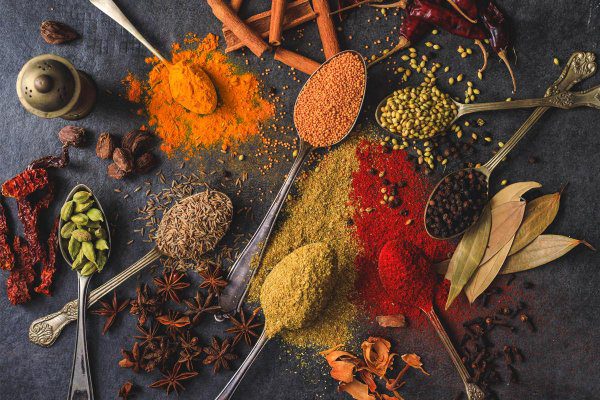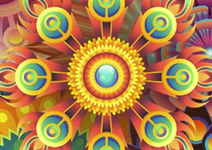The basis of good gastronomy is the proper use of seasonings. What few people are aware of is that some of these ingredients have documented effects on the brain. Centuries ago, the term drug was also a way that Portuguese, Spanish and French used to refer to spices from the East and West Indies.
A word of French origin, drug came to be used to designate dyeing, chemical and pharmaceutical ingredients during the Modern Age. In the same period, its plural version was associated with spices. And they were important in shaping human history. Discover 5 spices that give you “cheap”.
1. Vanilla
(Source: Unsplash)
Vanilla is obtained from orchids of the genus Vanilla
, native to Mexico, cultivated by pre-Columbian Mesoamerican peoples, but taken to Europe in the 16th century, along with cocoa. Mayans and Aztecs consumed it together with cocoa, resulting in an increase in anandamide, which resulted in a feeling of euphoria or cannabinoid.
Anandamide is a cannabinoid produced by our body that, like THC, binds to our cannabinoid receptors and produces effects such as reducing anxiety and improving mood. It is soon seen that the Mayans and Aztecs knew how to have fun.
2. Black pepper
( Source: Unsplash)
Black pepper (also known as black pepper) is one of the oldest spices known to mankind. When its grains are dried and ground, they can be used in cooking, adding a strong and spicy flavor, coming from the compound present in its formula, piperine.
It was traditionally used to treat gastric problems, skin and sleep, but also to create a feeling of calm, due to its hallucinogenic effects. This, of course, was in ancient times, when the heat produced by black pepper was more intense than it is today. At that time, chewing it released terpenes capable of stimulating the release of anandamide and reducing depression.
3. Saffron
(Source: Unsplash )
Saffron is a plant of the iridaceae family, used as a culinary ingredient in the Mediterranean since ancient times, but also as a dye. For centuries, it was considered a powerful aphrodisiac, with reports that it was used to improve fertility.
In the Middle Ages, saffron was used to sharpen the senses and put you in a trance state. Already in the Modern Age, the plant was smoked to try to simulate the effects of opium. In countries like China, saffron is used in the treatment of depression, as it is capable of increasing dopamine and glutamate, reducing malaise.
4. Cinnamon
(Source: Wikimedia Commons)
Obtained from the home of different species of trees of the genus Cinnamomum, cinnamon is a spice/spice often used in sweet foods. In Ancient Egypt, they combined cinnamon with cannabis oil to make massages that, they said, were able to connect the receptors with the deities.
Contemporary studies have shown that cinnamon, through substances present in its composition, it is capable of having psychoactive effects, especially when combined with other products, such as cannabis. A species of cinnamon, Ceylon, has known potential as an antidepressant and anxiolytic.
5. Nutmeg
(Source: Wikimedia Commons)
Nutmeg also has a long history of gastronomic use – and to give cheap. There are reports that point out, for example, that Nostradamus would have the habit of ingesting large amounts of the spice to reach a trance state. His famous predictions would even be from these moments.
In the twelfth century, students, musicians and prisoners used nutmeg as an alternative to marijuana, as it is capable of stimulating endocannabinoid receptors and inhibiting the breakdown of dopamine, serotonin and adrenaline. But don’t even think about using it, because its possible side effects involve dry mouth, dizziness, vomiting and delirium.









